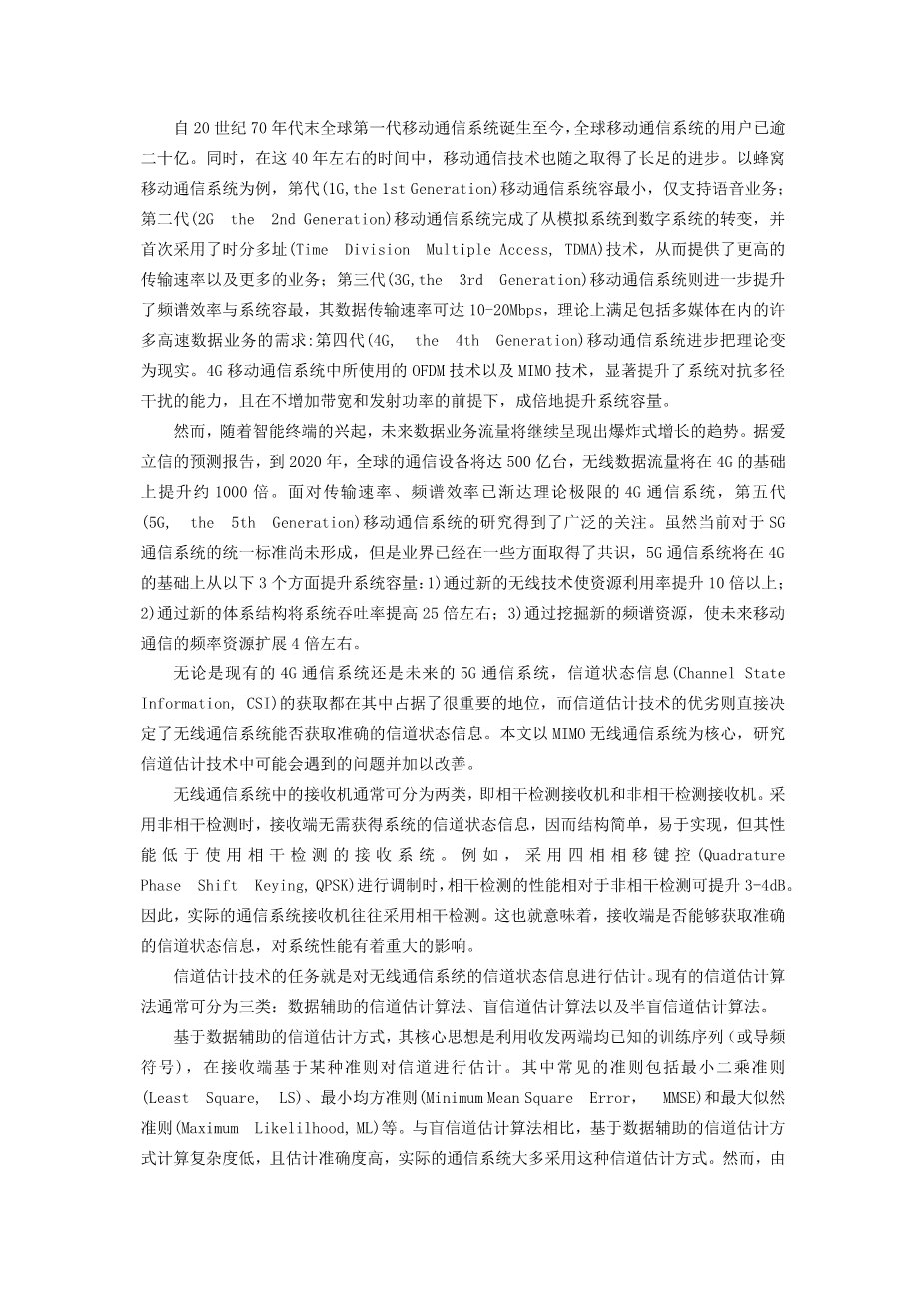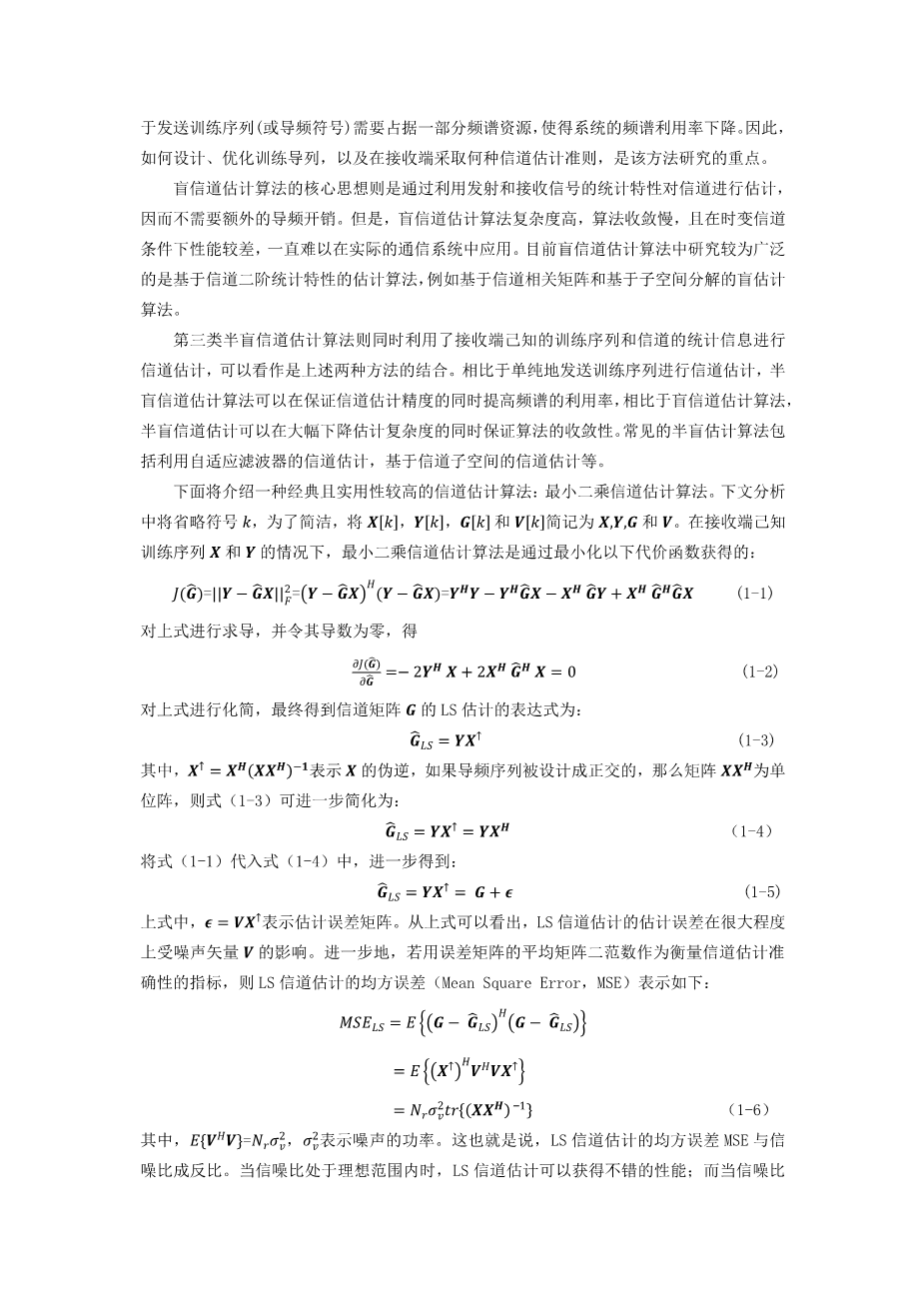Since the birth of the worlds first generation of mobile communication systems in the late 1970s, there have been more than two billion mobile communication systems worldwide. At the same time, in the past 40 years or so, mobile communication technology has also made great progress. Taking cellular mobile communication systems as an example, the first generation mobile communication system has the smallest capacity and only supports voice services; the second generation mobile communication system has completed the transition from analog systems to digital systems. And for the first time, Time Division Multiple Access (TDMA) technology is used to provide higher transmission rates and more services; the third generation mobile communication system further enhances the spectrum. Efficiency and system capacity are the most, its data transmission rate can reach 10-20Mbps, theoretically meet the needs of many high-speed data services including multimedia: the fourth generation mobile communication system advances the theory into reality . The OFDM technology and MIMO technology used in the 4G mobile communication system significantly improve the systems ability to resist multipath interference, and multiply the system capacity without increasing bandwidth and transmit power.
However, with the rise of smart terminals, future data traffic will continue to show an explosive growth trend. According to Ericssons forecast report, by 2020, there will be 50 billion communication devices worldwide, and wireless data traffic will increase by about 1000 times on the basis of 4G. In the face of the 4G communication system whose transmission rate and spectral efficiency have reached the theoretical limit, the research of the fifth generation mobile communication system has received extensive attention. Although the current unified standard for SG communication systems has not yet been formed, the industry has already reached a consensus in some aspects. The 5G communication system will increase system capacity from the following three aspects on the basis of 4G: 1) Resource utilization through new wireless technologies The rate is increased by more than 10 times; 2) the system throughput is increased by about 25 times through the new architecture; 3) the frequency resources of future mobile communications are expanded by about 4 times by mining new spectrum resources.
Whether it is the existing 4G communication system or the future 5G communication system, the acquisition of channel state information occupies a very important position, and the advantages and disadvantages of the channel estimation technology directly determine whether the wireless communication system can obtain an accurate channel. status information. This paper takes MIMO wireless communication system as the core, and studies the problems that may be encountered in channel estimation technology and improves it.
Receivers in wireless communication systems can generally be divided into two categories, namely coherent detection receivers and non-coherent detection receivers. When using non-coherent detection, the receiving end does not need to obtain the channel state information of the system, so the structure is simple and easy to implement, but its performance is lower than that of the receiving system using coherent detection. For example, when using Quadrature Phase Shift Keying (QPSK) for modulation, the performance of coherent detection can be improved by 3-4 dB compared to non-coherent detection. Therefore, actual communication system receivers often use coherent detection. This means that whether the receiver can obtain accurate channel state information has a significant impact on system performance.
The task of the channel estimation technique is to estimate the channel state information of the wireless communication system. Existing channel estimation algorithms can generally be divided into three categories: data-assisted channel estimation algorithms, blind channel estimation algorithms, and semi-blind channel estimation algorithms.
Based on the data-assisted channel estimation method, the core idea is to use the training sequence (or pilot symbols) known at both ends of the transmitting and receiving, and estimate the channel based on some criteria at the receiving end. Common criteria include Least Square (LS), Minimum Mean Square Error (MMSE), and Maximum Likelilhood (ML). Compared with the blind channel estimation algorithm, the data-aided channel estimation method has low computational complexity and high estimation accuracy. Most of the actual communication systems adopt this channel estimation method. However, since the transmission of training sequences (or pilot symbols) requires occupying a portion of the spectrum resources, the spectrum utilization of the system is degraded. Therefore, how to design and optimize the training guide and what channel estimation criteria to adopt at the receiving end is the focus of this method.
The core idea of the blind channel estimation algorithm is to estimate the channel by using the statistical properties of the transmitted and received signals, thus eliminating the need for additional pilot overhead. However, the blind channel estimation algorithm has high complexity, slow convergence, and poor performance under time-varying channel conditions, and it has been difficult to apply in practical communication systems. At present, the blind channel estimation algorithm is widely used in the estimation algorithm based on the second-order statistical characteristics of the channel, such as channel correlation matrix and sub-space decomposition based blind estimation algorithm.
The third type of semi-blind channel estimation algorithm utilizes the training information of the training sequence and the channel information known to the receiving end for channel estimation, which can be regarded as a combination of the above two methods. Com
剩余内容已隐藏,支付完成后下载完整资料


英语译文共 3 页,剩余内容已隐藏,支付完成后下载完整资料
资料编号:[20288],资料为PDF文档或Word文档,PDF文档可免费转换为Word
课题毕业论文、外文翻译、任务书、文献综述、开题报告、程序设计、图纸设计等资料可联系客服协助查找。


